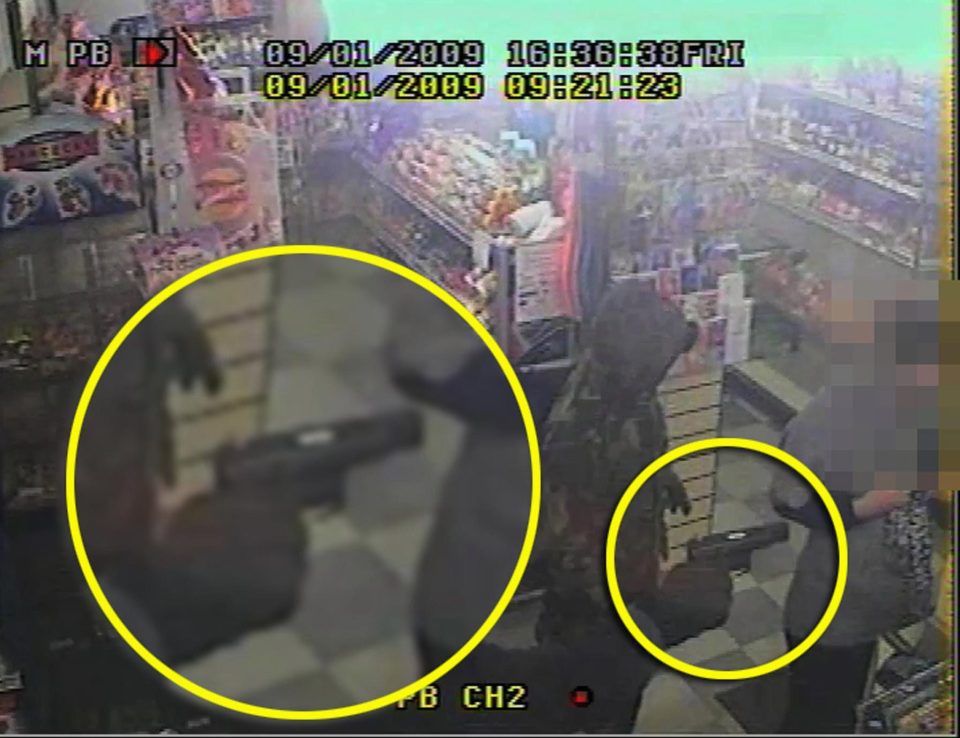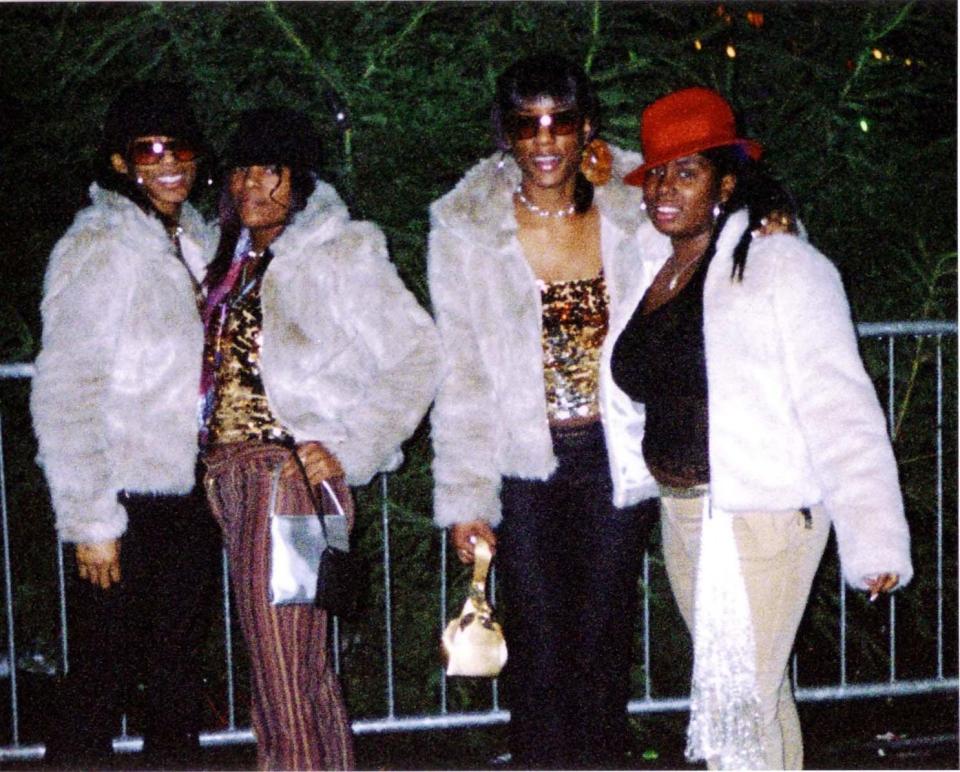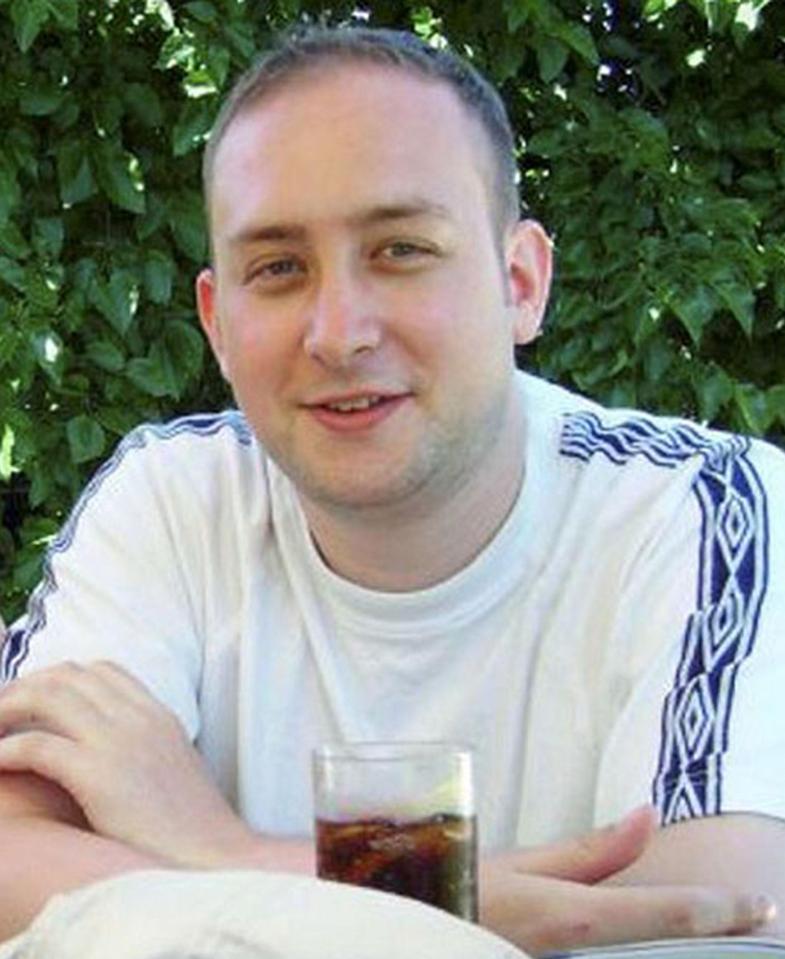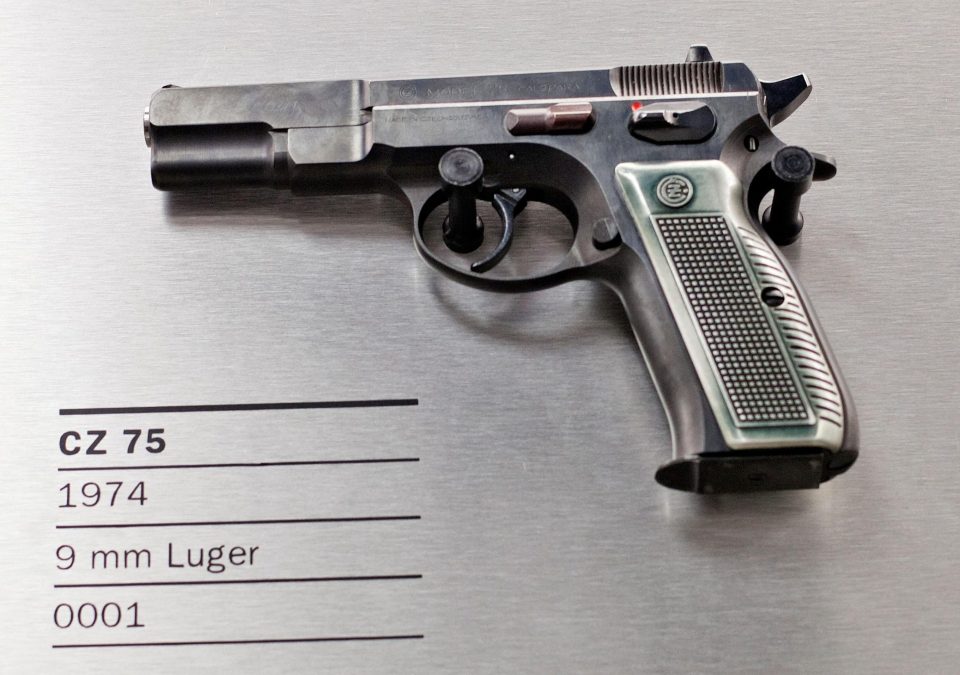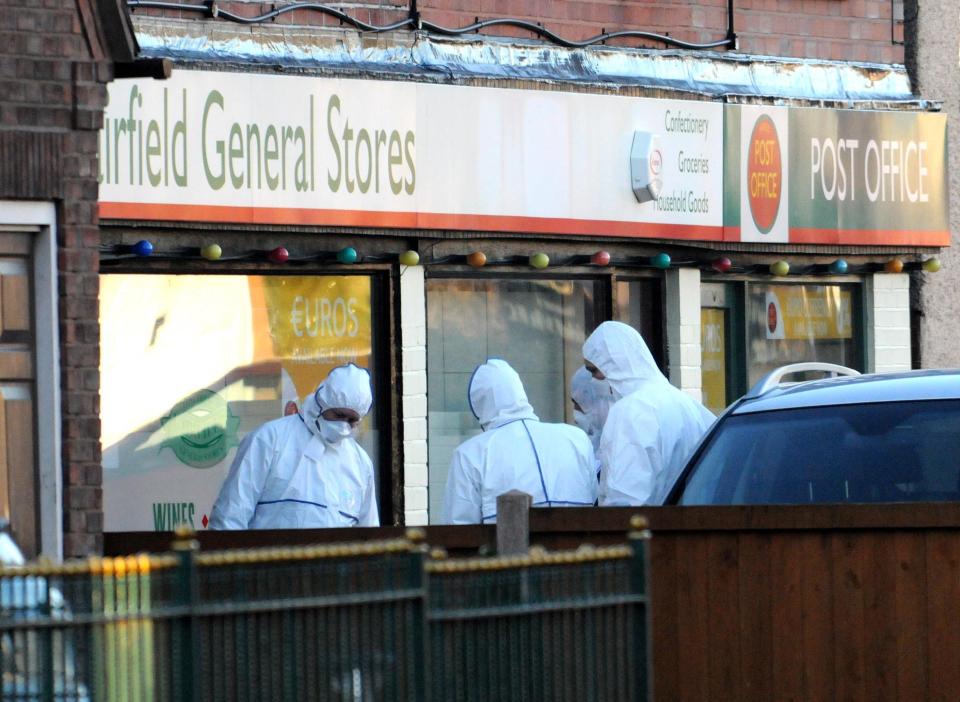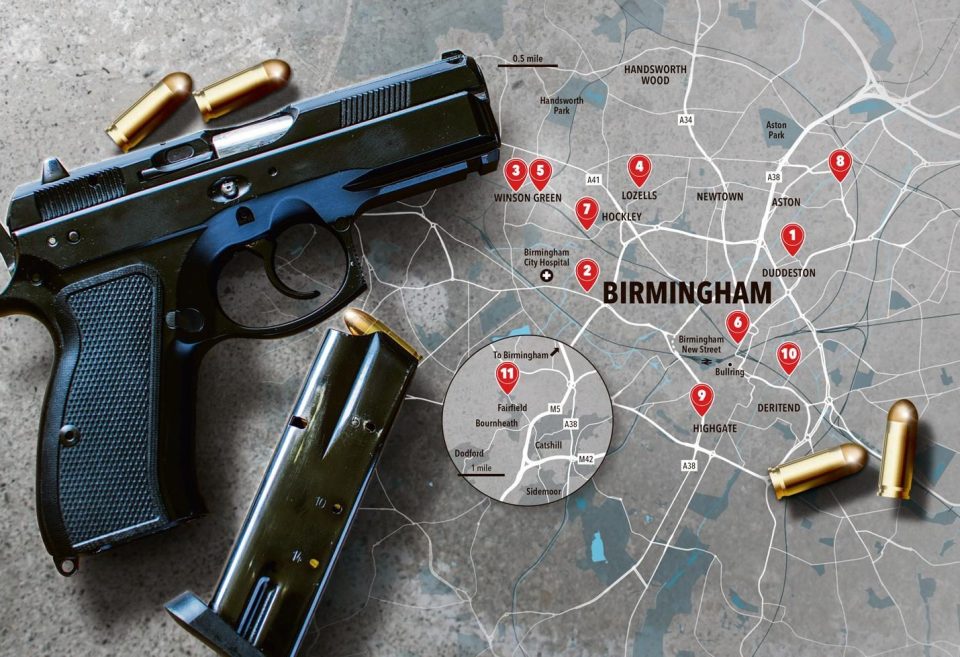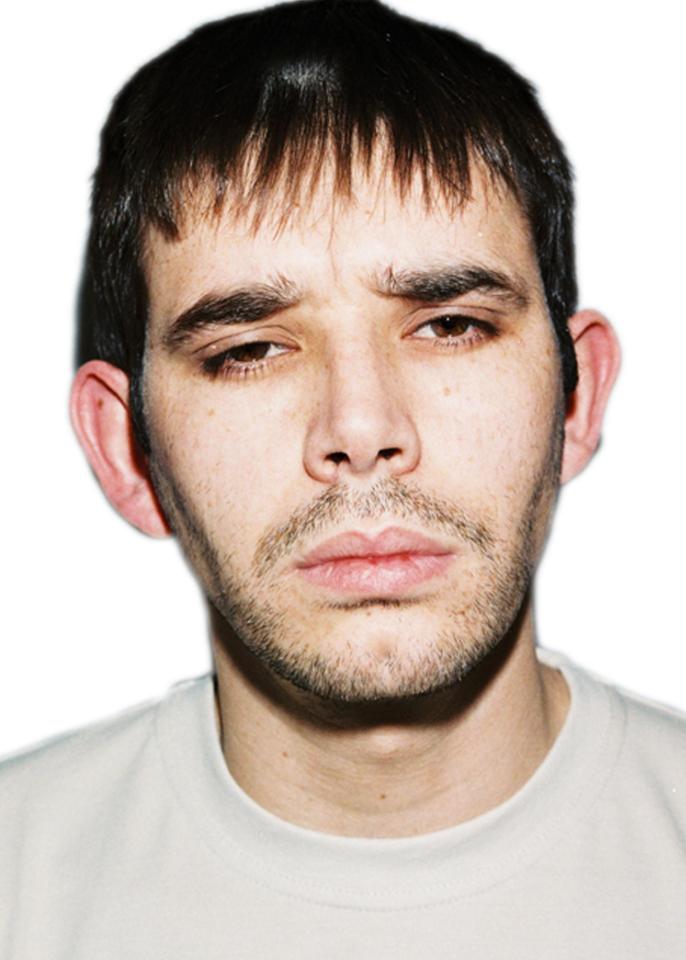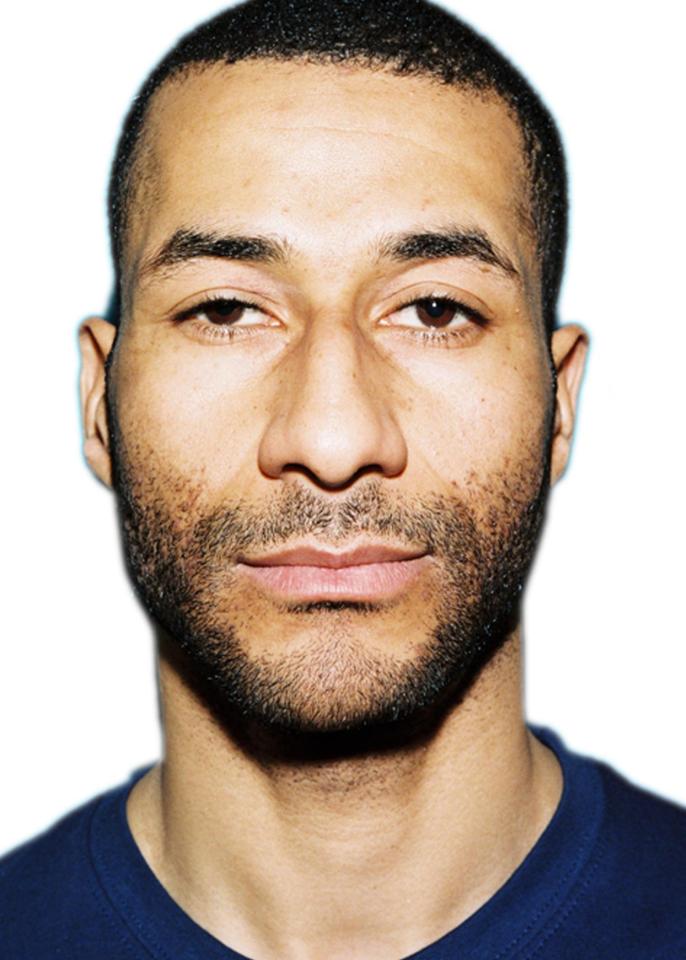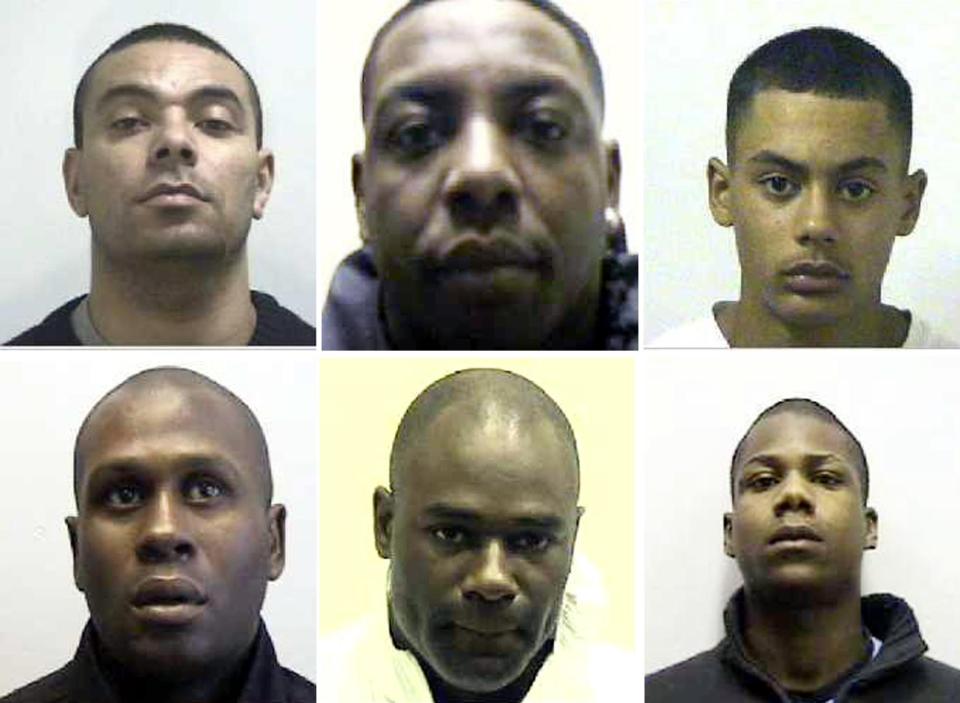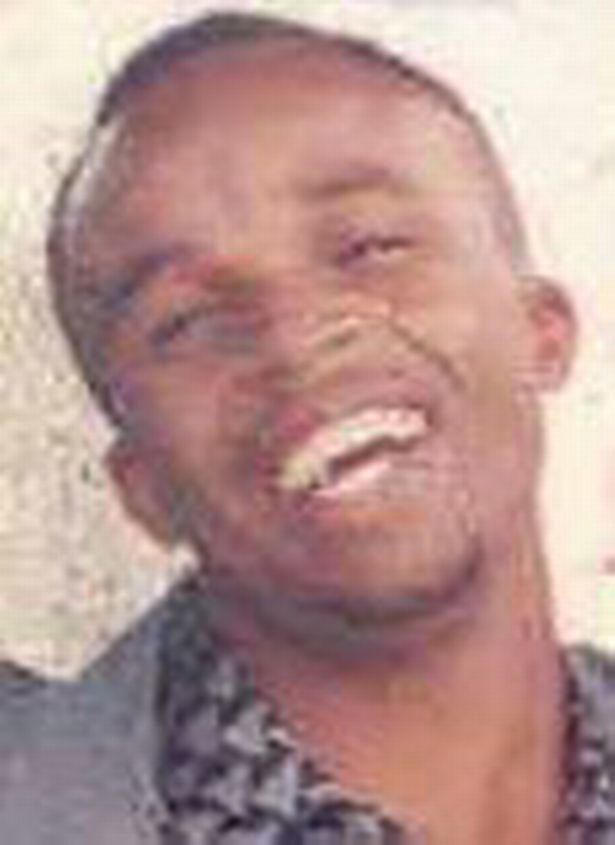How the hunt for a pistol linked to 11 incidents including 3 murders in Birmingham over 6 years is still ongoing

IT had already been used in ten shootings and passed from gang to gang. Now Britain’s most wanted gun was in the hands of robbers holding up a village store.
Shopkeeper Ken Hodson-Walker was serving a customer when Anselm Ribera and brothers Declan and Christopher Morrissey raided the small post office on January 9, 2009.
Son Craig, 29, tried to protect his dad with a cricket bat but was blasted to death by Ribera. Ken, 56, was hit in his left leg.
The murder weapon was never recovered, and its whereabouts remain unknown.
Unlike in the US, where guns are relatively easy to get hold of, the cost and difficulty of sourcing them in the UK means they can pass through the hands of dozens of criminals to be used again and again.
Police can track these guns through many shootings.
Ribera, 34, and his accomplices, 33 and 32, all from Birmingham, were jailed for a total of 110 years.
After the post office killing near Bromsgrove, Worcs, West Midlands Police identified a series of ten guns used in several incidents.
One stood out which had been used more than any other, the SIXTH weapon on the list — a 9mm handgun similar to a CZ 75 pistol.
Ballistics experts used bullet casings found on the post office floor to identify the weapon used in the raid.
Every time a bullet is fired, the gun’s hammer leaves unique markings on the casing, which is then ejected from the chamber.
Forensics teams can also look at bullets for “rifling” marks — a pattern caused by imperfections inside the gun barrel, again unique to each weapon.
The 9mm used to kill Craig had first been fired six years earlier on the streets of Birmingham. Many of the shootings are linked to notorious Birmingham crime gangs the Johnson Crew and the Burger Bar Boys.
It was their lethal feud which saw innocent friends Letisha Shakespeare, 17, and Charlene Ellis, 18, gunned down in crossfire in 2003.
They were killed outside a hair salon as they left a New Year’s party.
A new documentary, Gun No 6, uncovers the history of the weapon through dramatic reconstructions using former offenders to piece together the crimes.
Five men who all have convictions for gun crime help to reconstruct each shooting for the film.
Though they are unconnected to Gun No 6, they offer a valuable insight into the mind of someone who would want to pull a trigger.
Based on the limited information in police files, they help recreate all 11 shootings the gun has been used in.
On these pages we look at the shootings and chart the gun’s deadly path through Birmingham’s underworld.
- Gun No 6 is released in select cinemas on October 12. It will air on BBC Two later this year.
The 11 incidents
February 23,2003 - PROCTOR ST – anonymous caller reports a shooting outside a party at 2.55am.
Police find two bullet casings but no witnesses and no CCTV. Nobody is willing to admit they had been the target of an attempted shooting.
March 24, 2003 - GEORGE ST WEST – gang members seen walking through parade of shops with a gun at 2.30pm.
They ask for details of another gang, before speeding off in a car as their rivals emerge. Shots are fired and seven casings are found.
June 13, 2003 -WINSON GREEN – police intel suggests gun is being shared by Johnson Crew. A man, 24, is shot in the arm, back and neck in a drive-by shooting at 11.30pm.
Blood at scene is cleaned with bleach. Victim lives but does not co-operate.
June 14, 2003 - LOZELLS – car drives up to club entrance at 4.50am and those in the vehicle open fire.
A man is shot in the leg but goes home before calling for an ambulance. No witnesses come forward and the victim refuses to talk to the police.
August 20, 2003 -WINSON GREEN – a man, 19, is shot in the back and foot at around 1.30am.
He gives no information to the investigating officers. He is the youngest victim of Gun No 6. The case of attempted murder remains unresolved.
MOST READ IN NEWS
May 9, 2004 - CITY CENTRE – after nine months without being fired, Gun No6 is used in a gang shoot-out and bullets hit a parked car at around 4.30am.
A young woman is asleep inside the vehicle and, luckily, escapes uninjured.
Jun 28, 2004- HOCKLEY BROOK CLOSE – occupants of car shoot at parked vehicles in cul-de-sac.
Later, £3,000 of heroin is found in one of the bullet-riddled cars. A shot goes through the wall of a house but owners refuse to make a police statement.
October 2, 2004 - THIMBLE MILL LANE – shots are fired during a high-speed car chase through the city at 10.55pm.
Five bullet casings are found in the road. Despite CCTV and witness statements, the vehicles involved are not identified.
November 20, 2004 - BRISTOL ST – men linked to the Johnson Crew walk around the city, rushing into nightclubs.
Bouncer Ishfaq Ahmed, 24, is shot dead as he attempts to stop them at 3.30am. Three colleagues are wounded. Six men are jailed for murder.
July 23, 2005 - HEATH MILL LANE – eight months after it was last fired, Gun No 6 is in the hands of Kemar Whittaker, who tracks down Andrew Huntley and twice shoots him in the head under a railway arch.
Londoner Whittaker is later jailed for life.
January 9, 2009 - STOURBRIDGE RD – Gun No 6 disappears until it is used by the three post office raiders to gun down Craig Hodson-Walker.
Cops are still hunting for the firearm to this day.
Friends became enemies
THE main gangs in Birmingham were formed after the 1985 Handsworth riots when racial tension and other community problems boiled over.
Members were at the time united against attacks from right-wing extremism and racist gangs, and carried out vigilante patrols to protect their communities from “outsiders”.
But in the late Eighties, the threat of the far-right was fading and the city’s drugs trade was on a sharp rise.
With their common enemy gone, the gangs started fighting over whose turf cocaine and heroin was being sold on, and who should keep the profits.
They split according to their postcodes, taking new gang names from their regular hangouts – Burger Bar on Soho Road and Johnson’s Café on Heathfield Road.
Violence between the two groups quickly escalated by the Nineties – as the “Johnnies” from the B6 postcode area and the “Burgers” from B21 became locked in a turf war.
It culminated in the deaths of innocent Letisha Shakespeare and Charlene Ellis in 2003.
The intended target was a gang member, Jermaine Carty, then 23, who belonged to the Johnson Crew.
Carty, who was standing next to the girls at the time of the shootings, had been provoking gang rivals on stage at a nightclub earlier in the evening.
Four men, all members of the Burger Bar Boys, were jailed over the killings for a minimum of 35 years in 2005.
In 2010, an uneasy truce was instigated by Matthias “Shabba” Thompson, then 30, a member of the Johnson Crew, and captured in the Channel 4 documentary One Mile Away.
Violent crime in the two areas initially fell but a spate of shootings and murders earned Birmingham the title of Britain’s “gun crime capital”.
More than double the national average of gun-related incidents were reported in the city between 2015 and 2016.
- GOT a story? Ring The Sun on 0207 782 4104 or WHATSAPP on 07423720250 or email exclusive@the-sun.co.uk.


